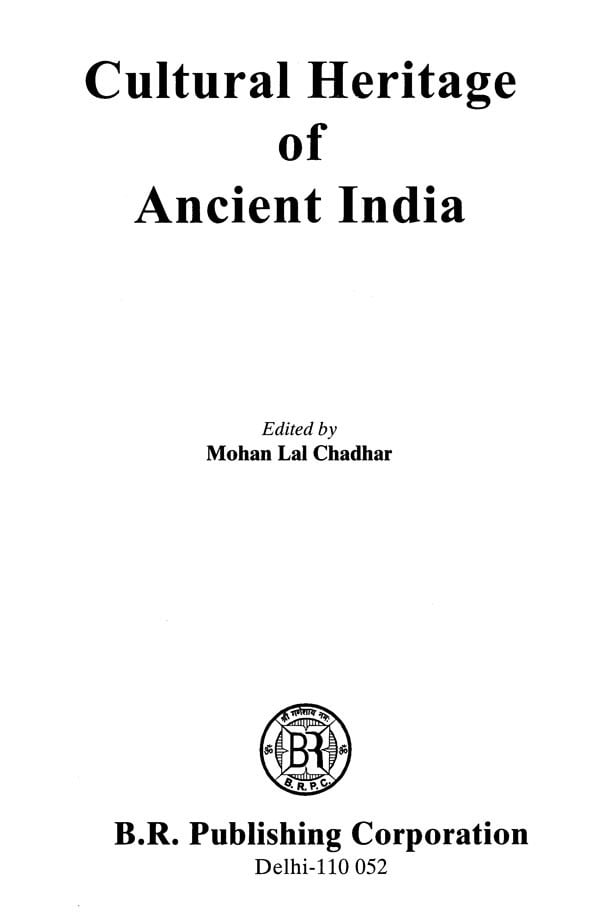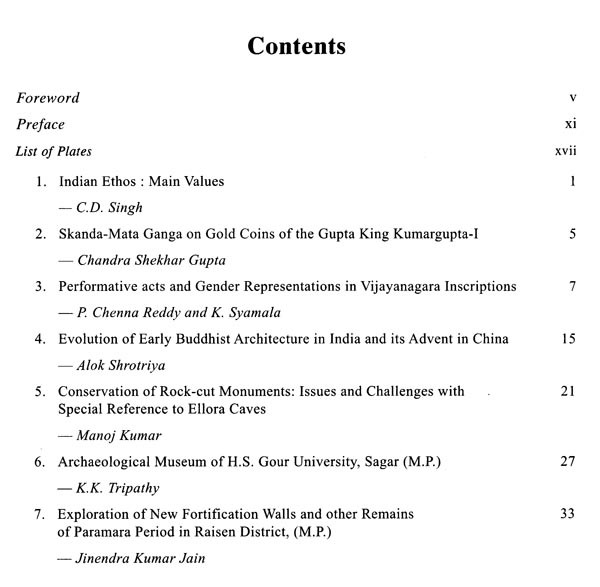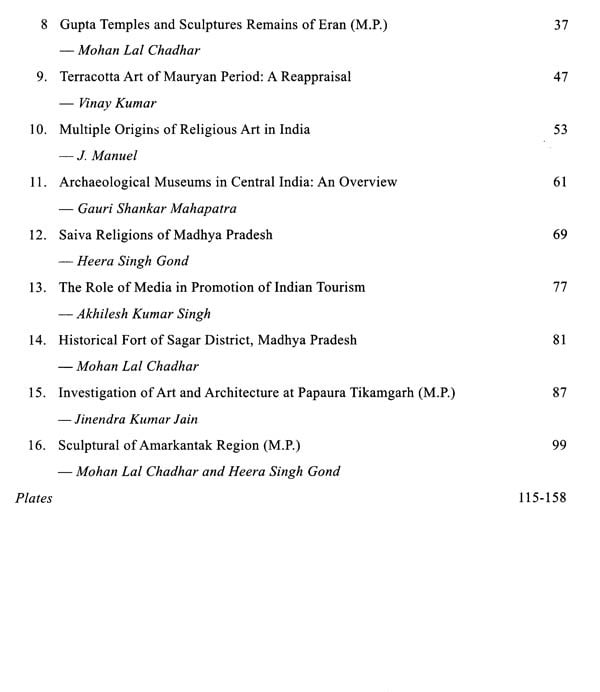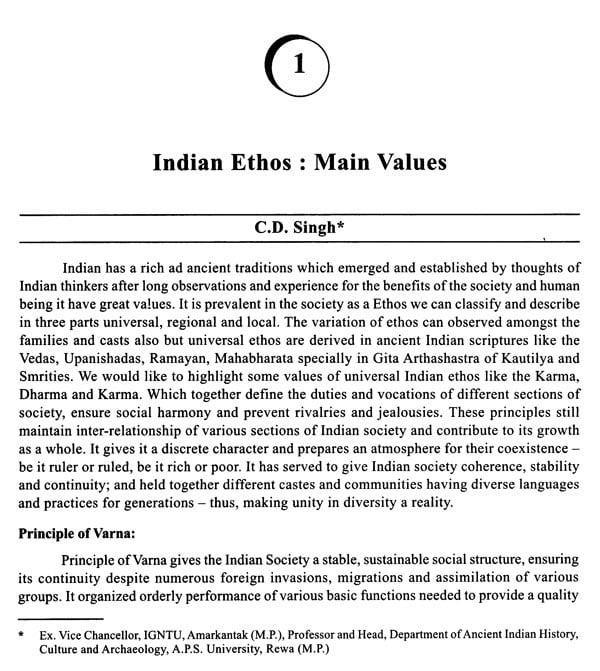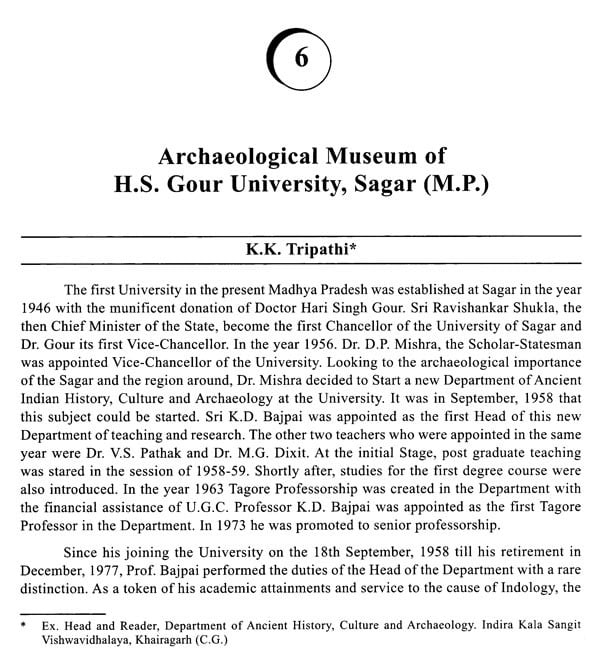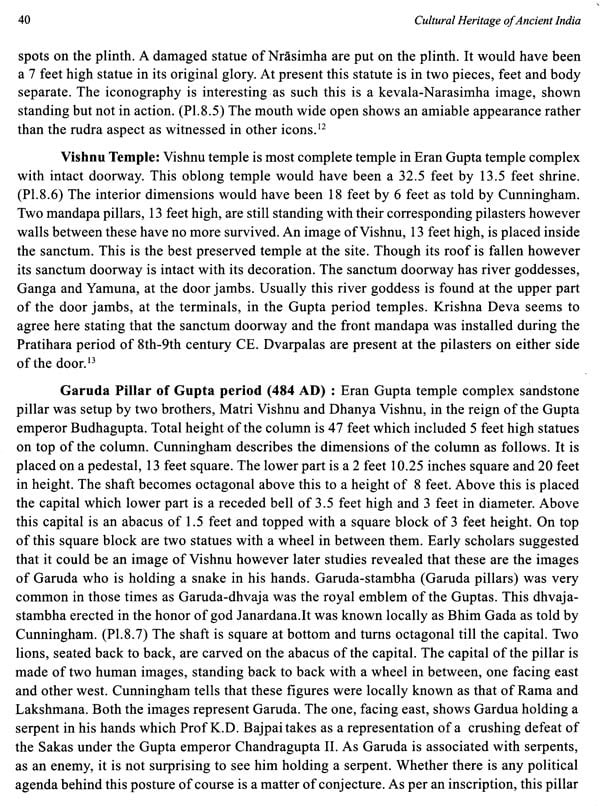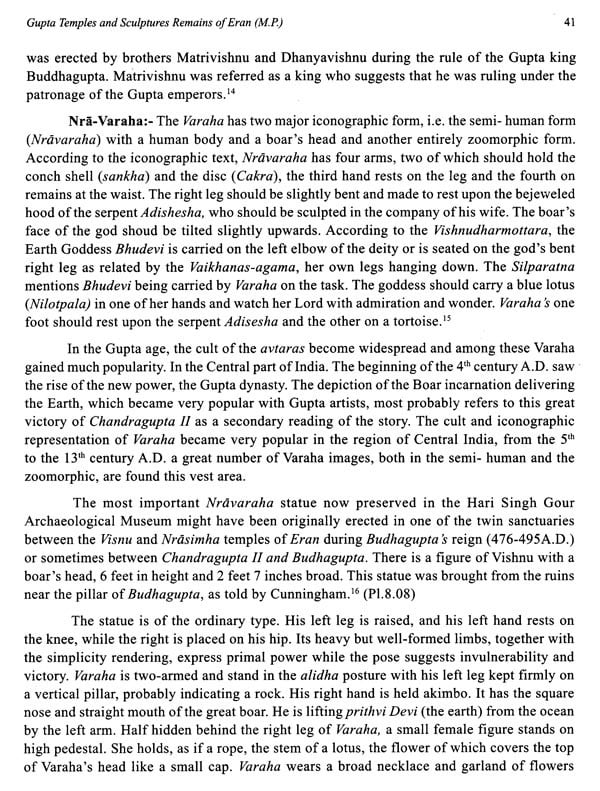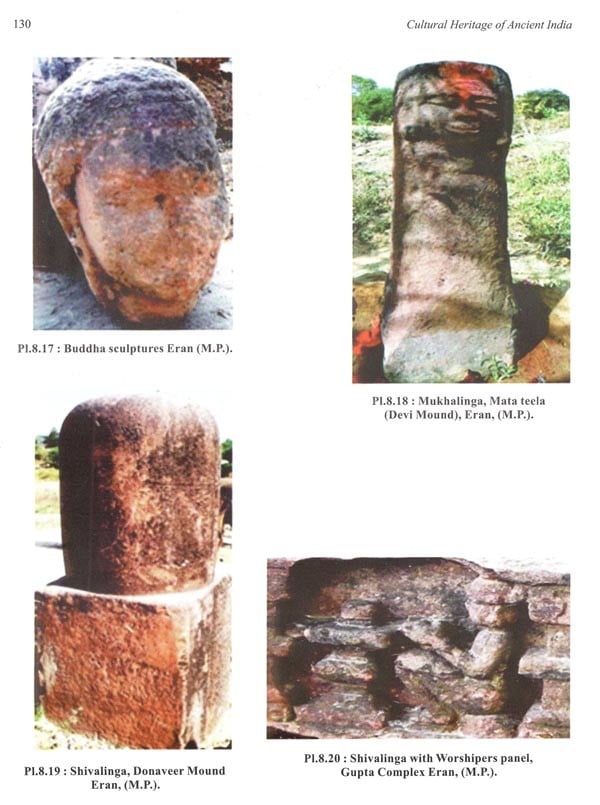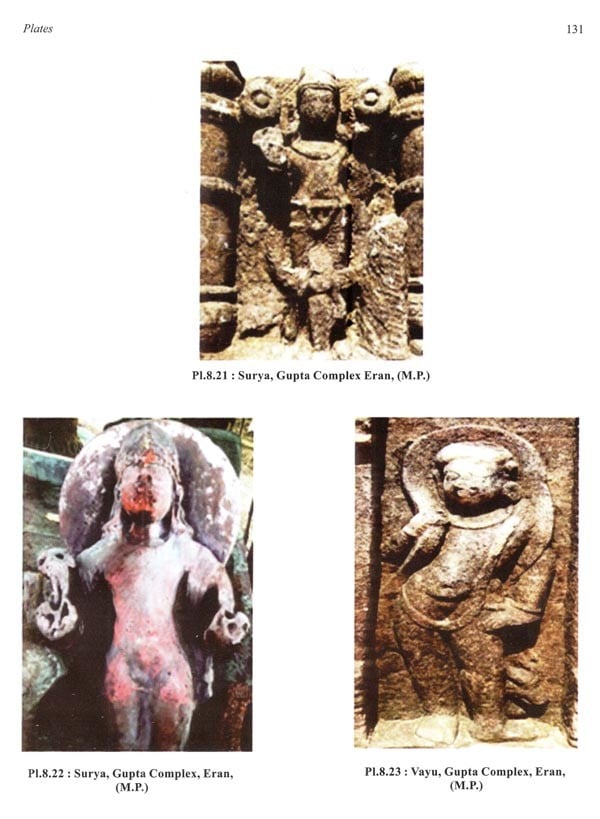
Cultural Heritage of Ancient India
Book Specification
| Item Code: | AZE649 |
| Author: | Mohal Lal Chadhar |
| Publisher: | B.R. PUBLISHING CORPORATION |
| Language: | ENGLISH |
| Edition: | 2020 |
| ISBN: | 9789388789332 |
| Pages: | 176 (Throughout Color Illustrations) |
| Cover: | HARDCOVER |
| Other Details | 11.00x9.00 |
| Weight | 820 gm |
Book Description
Under the intangible elements we can include the values, ethos, thoughts, philosophy. spirituality, customs, rituals, themes of folk songs, dances, folk cultures, folklore, fairs and festivals, art and crafts, cuisines and consonant, life styles, characters like royal imperials and republic etc. Our prestigious cultures are inherited which reveals of many aspects of life hence cultural heritage have glory. We can include everything, which came under man made heritage. or all the remains of Indian human beings with tangible and intangible comprised among the cultural heritage. Values are the basic elements of cultural heritage of India therefore, it would be appropriate to describe all in chronological order.
Remains of fossils and prehistoric tools described the story of origins and development of human beings in India. Palaeolithic, Mesolithic, Neolithic tools, Proto-historic objects and Megalithic vestige clearly explain the culture and thoughts of the contemporary people. Harappan culture is famous all over the world for their urban nature and habitat. Town planning of urban settlements, various types of bricks, straight and crossed roads divided into different sectors, drainage system, great bath, granary, idol of bearded Yogi with embroidered shawl. dancing girl with bangles in her hands are salient so features.
The relies of ancient Indian art and architecture concern predominantly religious themes. Stupas, Caves and temples represent art and architectural heritage in religious Context. The most famous stupas among of ancient India are Sanchi, Satdhara, Bharhut, Amaravati and Sarnath. The Buddhist activities in ancient India resulted in continued building of Buddhist stupas and monasteries, the most impressive being those were established at Lalitgiri, Taxila, Sarnath, Sanchi, Ramagiri, Kushinagar and Daiquiri. Buddhist monasteries and chaityas at Ajanta and Ellora were erected in a ravine and a hillside, Cave temples became prominent throughout western India, incorporating various unique features to give rise to cave architecture in places such as Ajanta and Ellora.
The Gupta style of sculptures remained relatively uniform across the empire. The art and architecture of Ancient India touched new height during the rule of Gupta dynasty. The carvings of the temple of Deogarh are also brilliant examples of Gupta sculptural art. Several temples of the Gupta period are situated at Sanchi, Udaygiri, Eran, Nachana-Kuthara, Tigwa, Sirpur, Malhar and Bhuma in Central India.
South India too made remarkable contributions in art and architecture. The seven row cut pagodas of Mahabalipuram are regarded as the best specimens of the Dravadian styl Indian architecture. The Cholas king constructed most remarkable Shiva temple at the Tar and other most important Cultural Heritage site of South India, like Kanchi, Hampi, Mad Aahole etc.
**Contents and Sample Pages**
